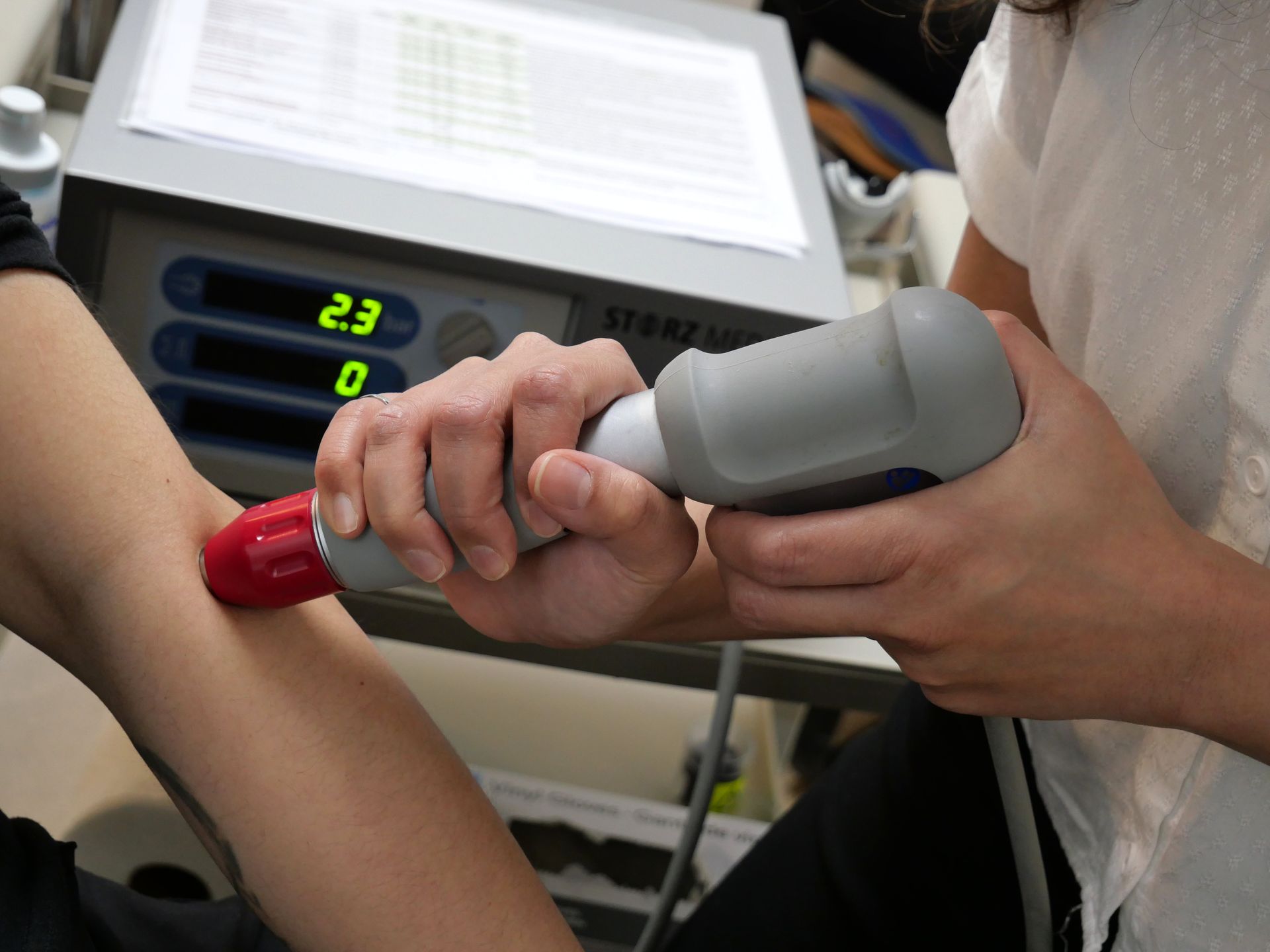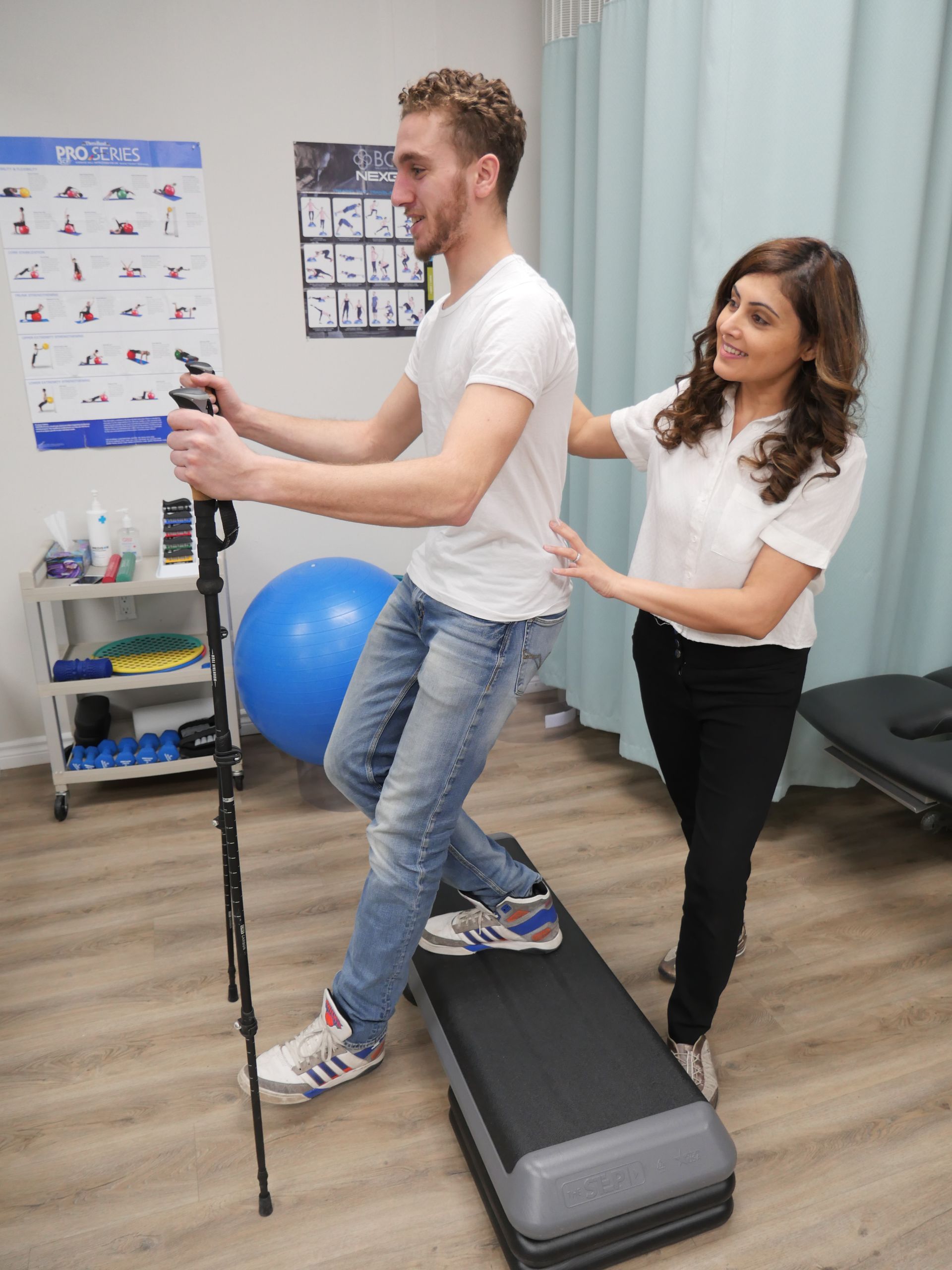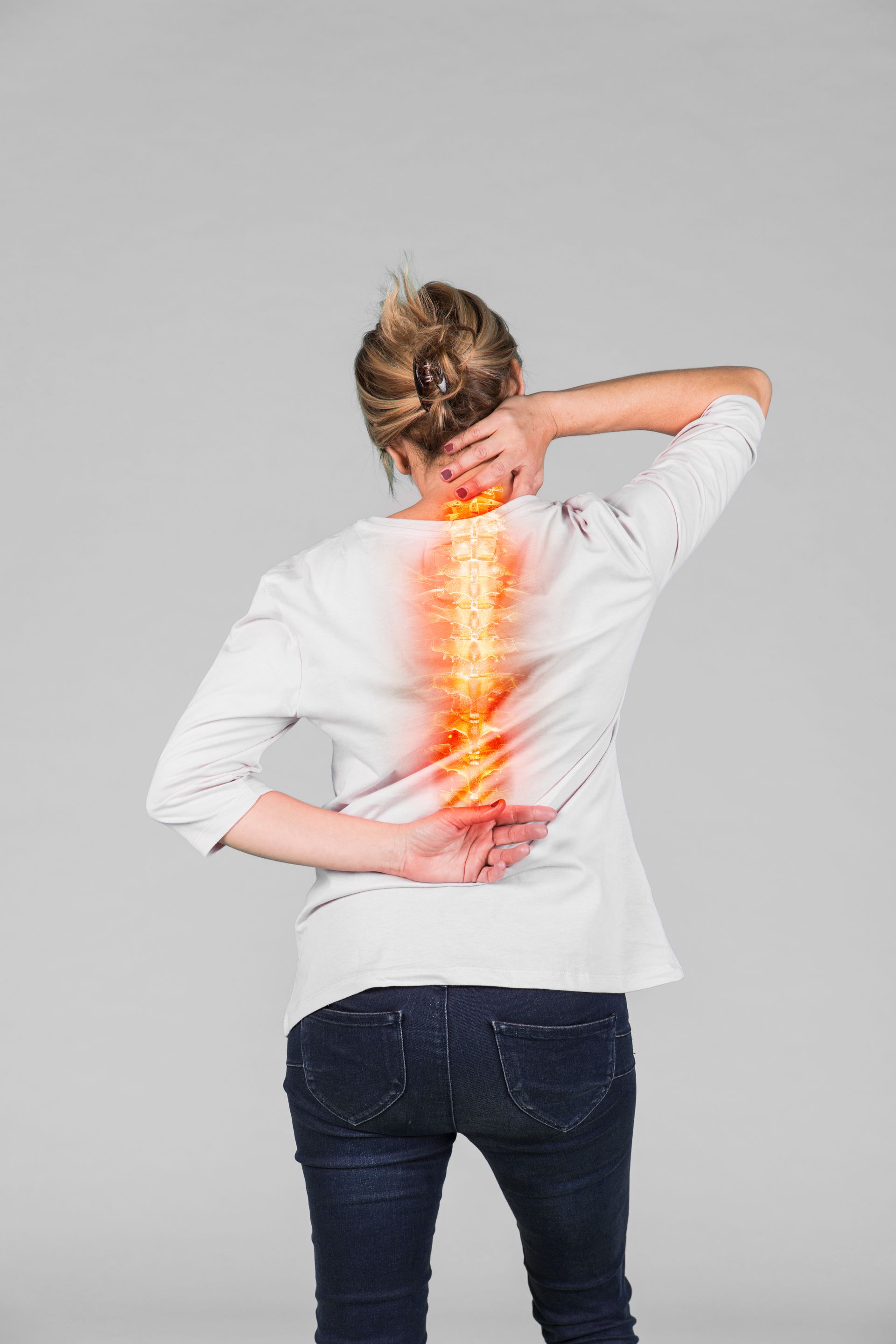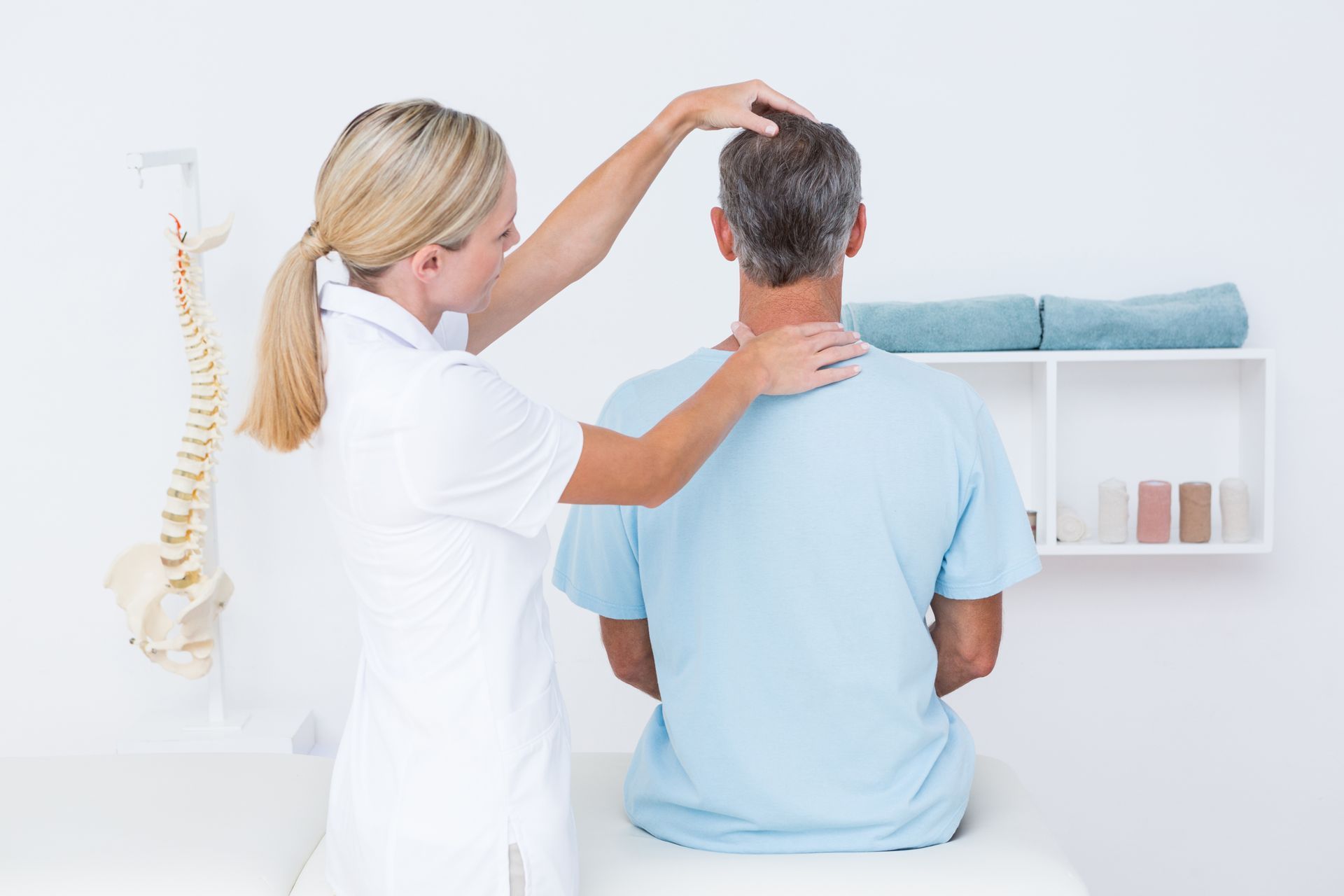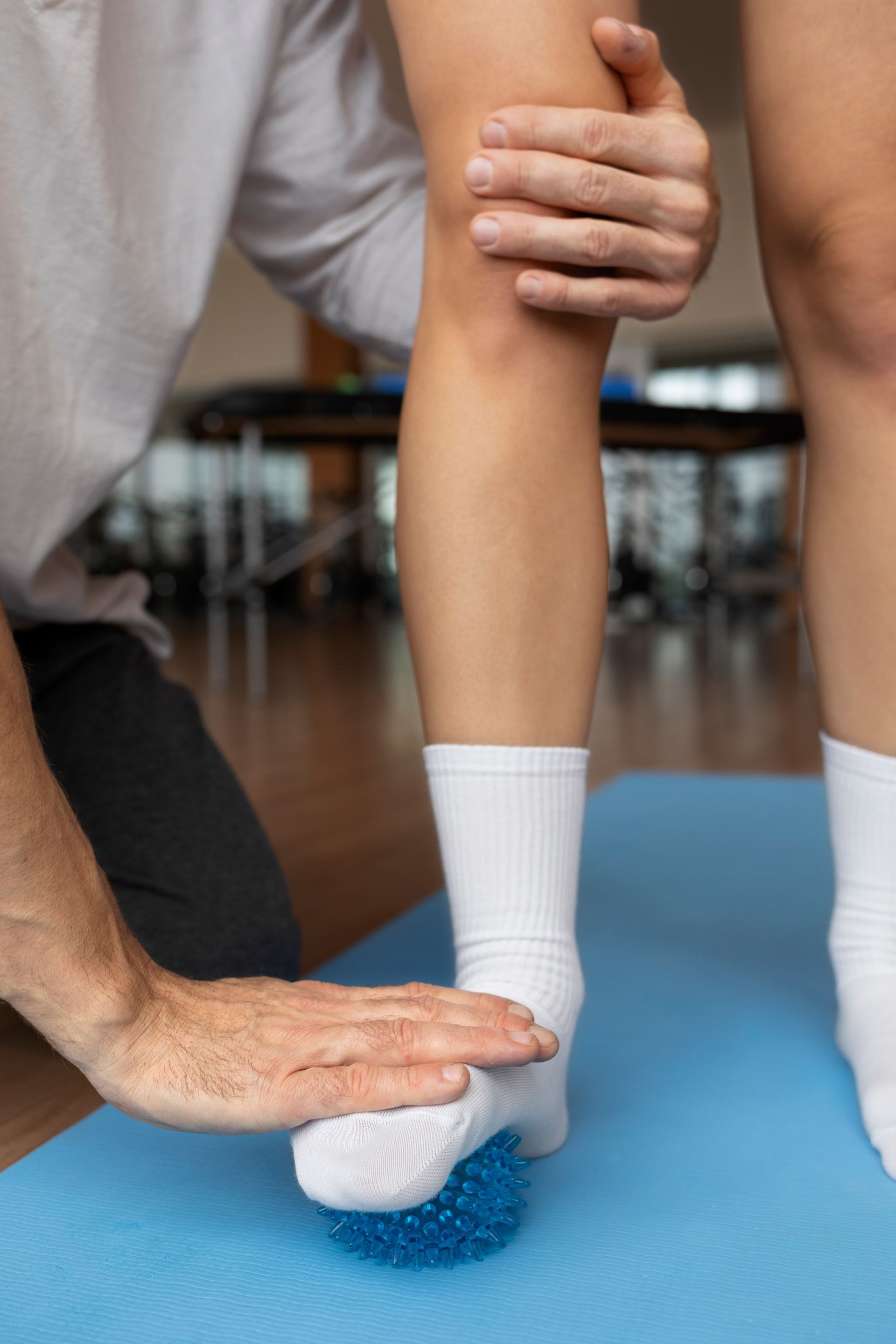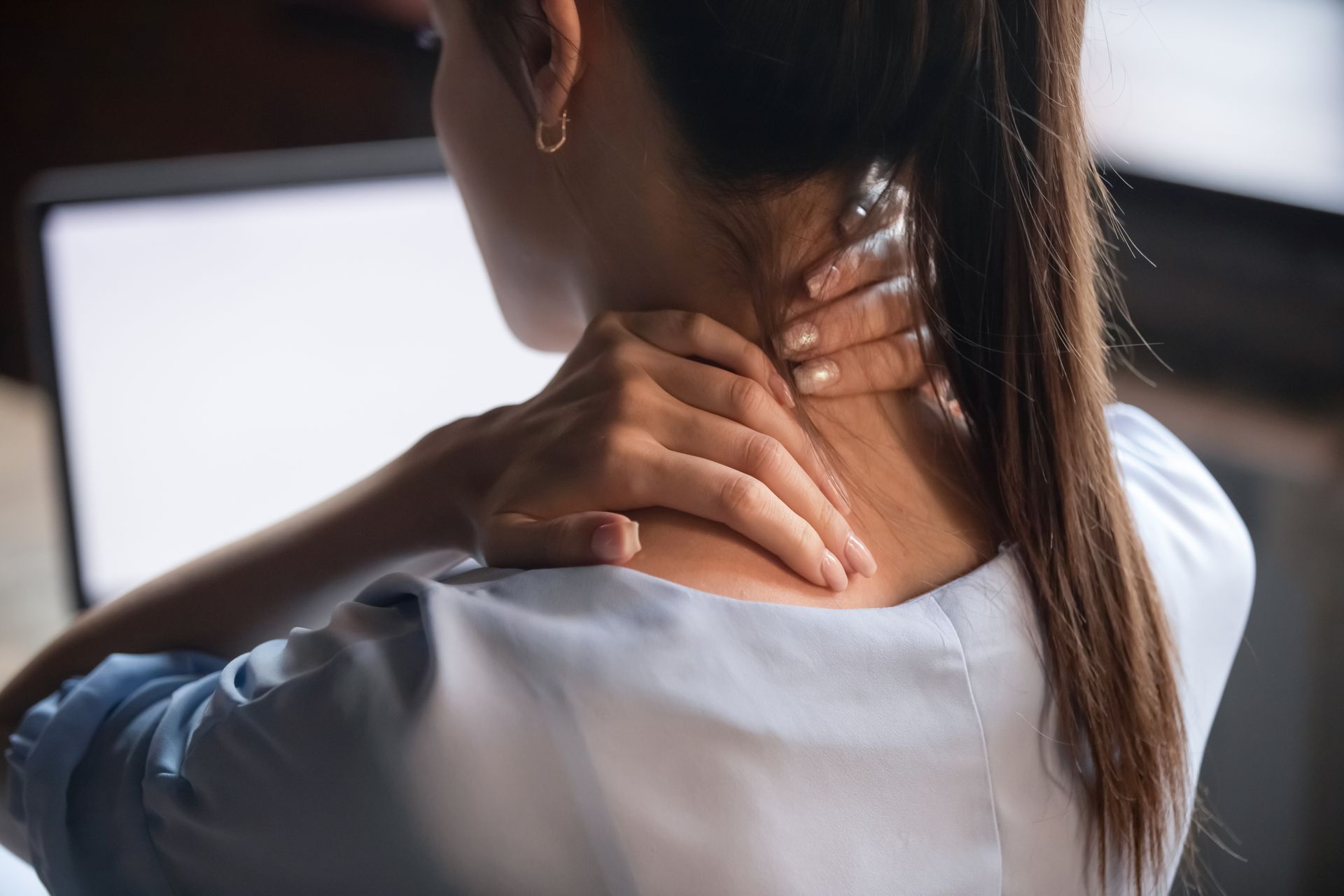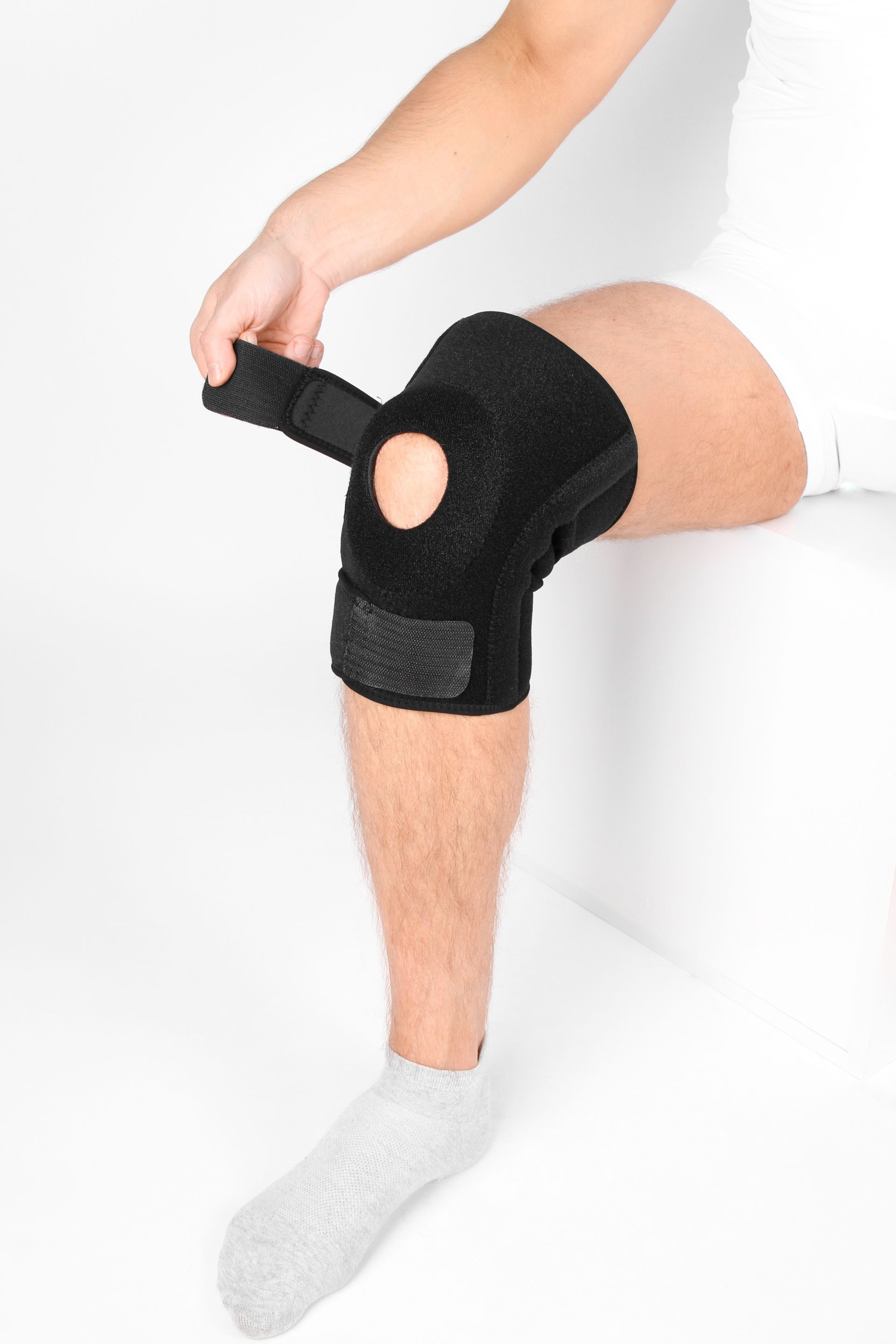Understanding and Treating De Quervain’s Tenosynovitis
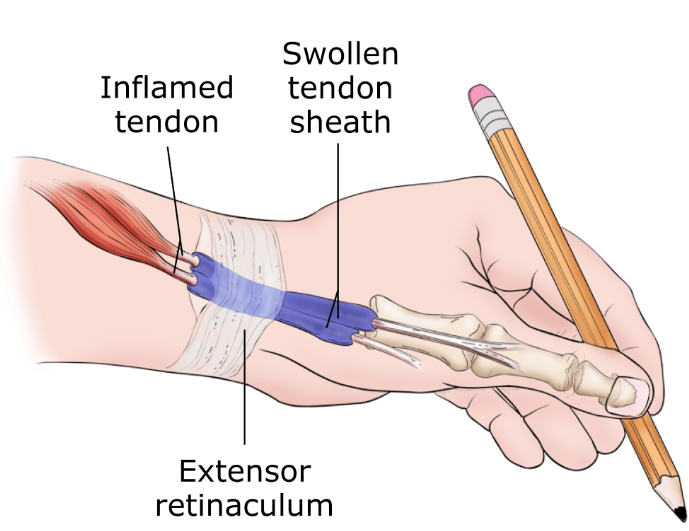
If you’ve noticed pain along the base of your thumb or wrist—especially when texting, lifting, or scrolling—you might be experiencing De Quervain’s Tenosynovitis. This condition is more common than you think, especially in today’s tech-heavy world. Let’s explore what it is, why it happens, and how physiotherapy can help.
Anatomy: What’s Happening in Your Thumb?
De Quervain’s affects the tendons that run along the thumb side of your wrist. Specifically, it involves the abductor pollicis longus (APL) and extensor pollicis brevis (EPB) tendons. These tendons glide through a sheath as you move your thumb. When the sheath becomes inflamed or thickened, it restricts tendon movement, leading to pain and discomfort.
Symptoms of De Quervain’s
The hallmark sign of De Quervain’s is pain and tenderness at the base of the thumb, which may extend into the wrist. You might also notice:
- Swelling near the thumb
- Difficulty gripping or pinching objects
- A sensation of "sticking" when moving the thumb
- Pain when twisting the wrist, such as turning a doorknob or opening a jar
Risk Factors and Modern Trends
De Quervain’s is often caused by repetitive thumb and wrist movements. Common risk factors include:
- Overuse from activities like texting, typing, or scrolling on smartphones
- Lifting heavy objects, especially with the thumb in a "pinch" position
- New parents frequently lifting babies under the arms (sometimes called "mommy thumb")
- Certain sports or hobbies, such as gardening or knitting
With the rise of smartphones and digital devices, repetitive thumb motions have become more frequent, potentially contributing to a surge in De Quervain’s cases.
How Can Physiotherapy Help?
Physiotherapy is highly effective in managing De Quervain’s Tenosynovitis. Here’s how it can help:
- Pain Management: Techniques like manual therapy, ultrasound, or ice therapy can reduce pain and inflammation.
- Stretching and Strengthening: Tailored exercises improve the flexibility and strength of the thumb and wrist, easing the strain on affected tendons.
- Activity Modification: Your physiotherapist can identify and adjust activities contributing to your symptoms, offering ergonomic advice for daily tasks.
- Splinting: A splint may be recommended to immobilize the thumb and give inflamed tendons a chance to heal.
Don’t Let Thumb Pain Hold You Back
If thumb or wrist pain is affecting your daily life, you don’t have to suffer in silence. De Quervain’s is manageable with early intervention and the right care. Physiotherapy offers non-invasive, effective solutions to get you back to doing what you love—without the pain.
Book a free 15 minute consultation with us today at Delta Physiotherapy & Rehab at either of our convenient locations in Central Parkway or Dundas, Mississauga, and we will get you started on your healing journey!

